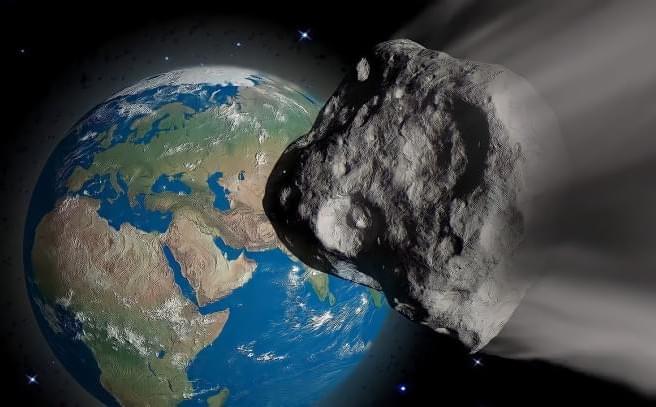A groundbreaking medical procedure for those with kidney stones will soon be offered at the University of Washington after more than two decades of research.
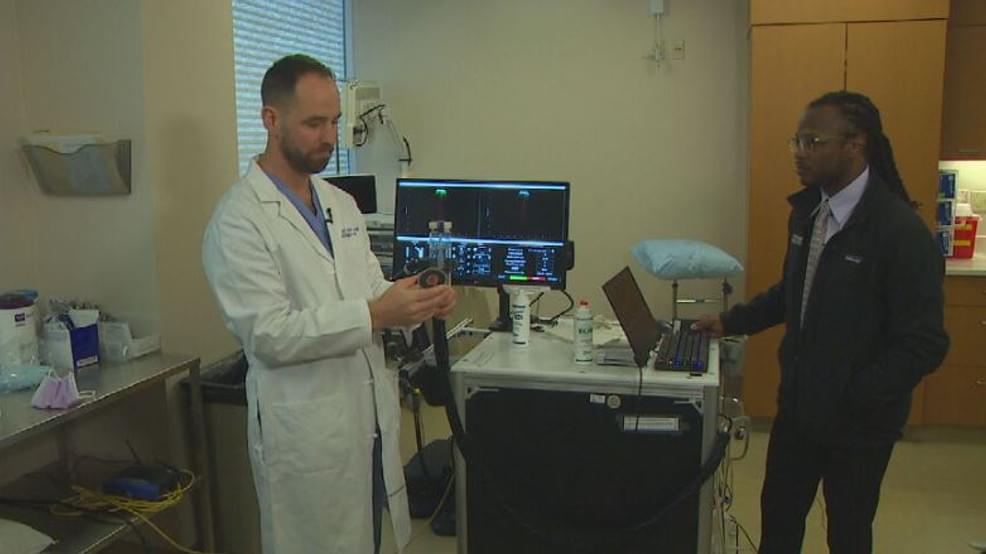

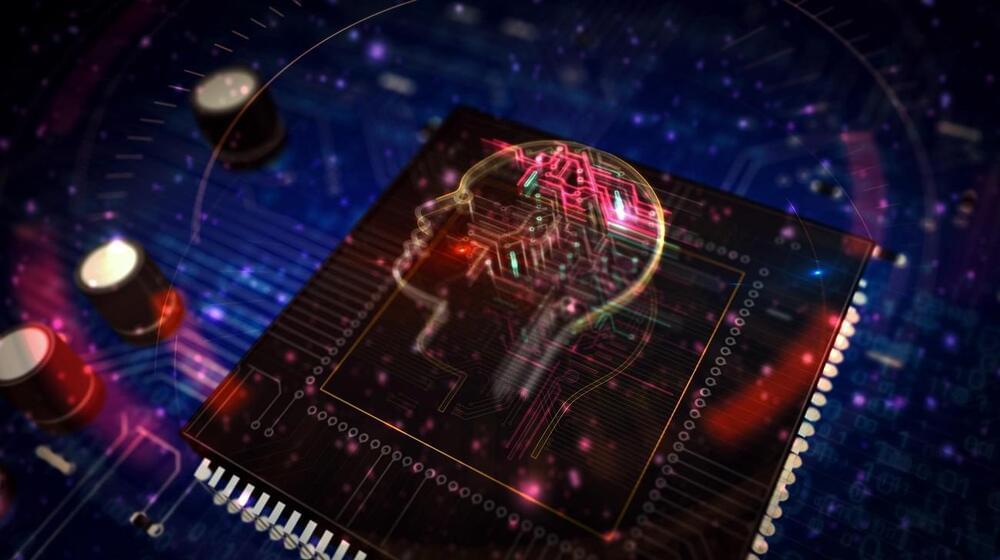
Everyone’s experienced the regret of telling a secret they should’ve kept. Once that information is shared, it can’t be taken back. It’s just part of the human experience.
Now it’s part of the AI experience, too. Whenever someone shares something with a generative AI tool — whether it’s a transcript they’re trying to turn into a paper or financial data they’re attempting to analyze — it cannot be taken back.
Generative AI solutions such as ChatGPT and Google’s Bard have been dominating headlines. The technologies show massive promise for a myriad of use cases and have already begun to change the way we work. But along with these big new opportunities come big risks.

A new blood-based diagnostic test could be a major advancement for the treatment of Parkinson’s, a disease that afflicts 10 million people worldwide and is the second-most common neurodegenerative disease after Alzheimer’s.
Building on the knowledge that mitochondrial dysfunction plays a prominent role in the pathogenesis of Parkinson’s a team of researchers, led by neuroscientists at Duke Health, have developed an assay that enables the accurate, real-time quantification of mitochondrial DNA damage in a scalable platform [1]. The results of the study, which received support in part from The Michael J Fox Foundation for Parkinson’s Research, have been published in the journal Science Translational Medicine.
“Currently, Parkinson’s disease is diagnosed largely based on clinical symptoms after significant neurological damage has already occurred,” said senior author Laurie Sanders, PhD, an associate professor in Duke School of Medicine’s departments of Neurology and Pathology and member of the Duke Center for Neurodegeneration and Neurotherapeutics.
The Memo: https://lifearchitect.ai/memo/ ====Links: IQ +: AI https://lifearchitect.ai/iq-testing-ai/Terry Tao at Microsoft: https://unlocked.microsoft.com/ai–…
Huawei and China’s top chipmaker have built an advanced 7-nanometer processor to power its latest smartphone, a sign Beijing is making early progress in a nationwide push to circumvent US efforts to contain its ascent. Peter Elstrom reports on Bloomberg Television.
——-
Follow Bloomberg for business news & analysis, up-to-the-minute market data, features, profiles and more: http://www.bloomberg.com.
Connect with us on… Twitter: https://twitter.com/business Facebook: https://www.facebook.com/bloombergbus… https://www.instagram.com/bloombergbu…
Twitter: https://twitter.com/business.
Facebook: https://www.facebook.com/bloombergbusiness.
Instagram: https://www.instagram.com/bloombergbusiness/

O.o!!!
Polymorphic malware leverages an encryption key to alter its shape, signature, and behavioral pattern. Using a mutation engine and a self-propagated code strain, it encrypts its code and changes how physical files are created. Many traditional cybersecurity solutions that rely on signature-based detection—a technique in which security systems identify a malware based on its known characteristics—fail to recognize or detect polymorphic threats.
A polymorphic attack typically involves the following stages.
The time is coming when it will be almost impossible to tell the artificial from the natural.
Please rate, comment, and subscribe!
Enjoy this video of ELO’s Your’s Truly, 2095. this is a completely fan made video and is not associated with ELO in any way, shape, or form.
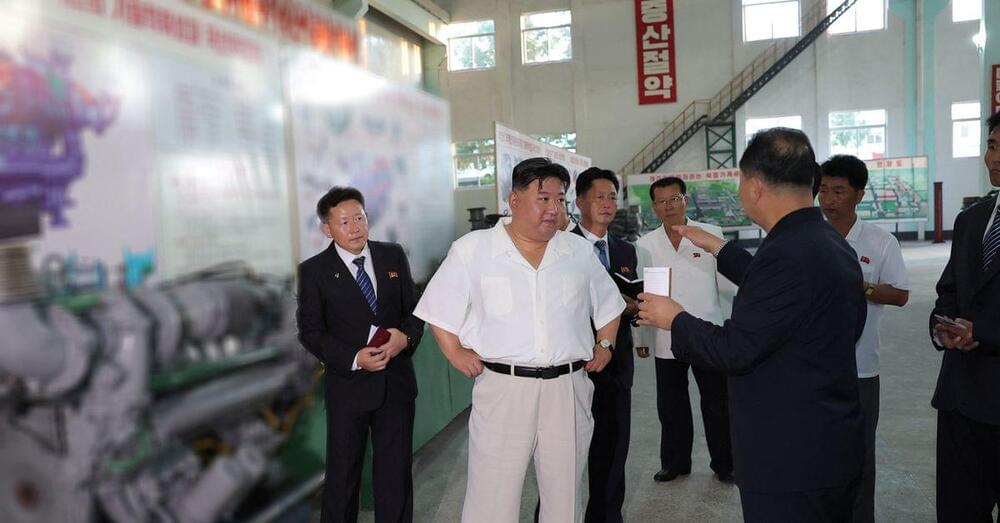
SEOUL, Sept 3 (Reuters) — North Korea conducted a simulated tactical nuclear attack drill that included two long-range cruise missiles in an exercise to “warn enemies” the country would be prepared in case of nuclear war, the KCNA state news agency said on Sunday.
KCNA said the drill was successfully carried out on Saturday and two cruise missiles carrying mock nuclear warheads were fired towards the West Sea of the Korean peninsula and flew 1,500 km (930 miles) at a preset altitude of 150 meters.
Pyongyang also said it would bolster its military deterrence against the United States and South Korea.
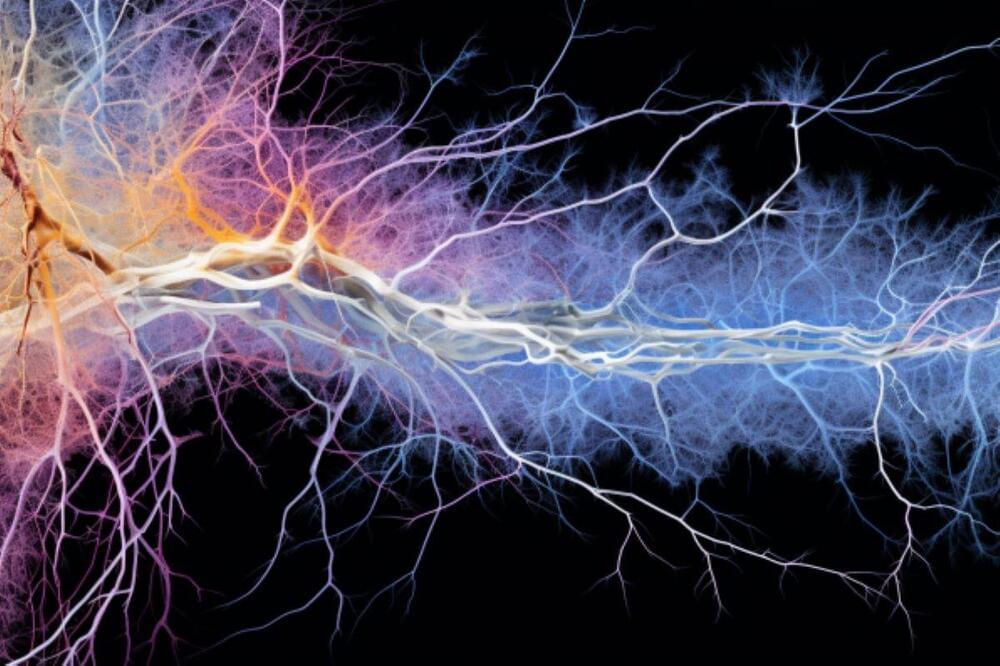
Summary: Researchers provided robust evidence supporting the controversial “critical brain hypothesis” through a project called DishBrain.
This experiment, involving 800,000 human neural cells playing Pong, reveals how neurons shift into a “neural critical” state when informed about the surrounding environment, enabling cascades of brain activity. This state lies between the extremes of epileptic excitation and a comatose stall.
The findings hint at profound insights into brain function and potential treatments for neurological disorders.
